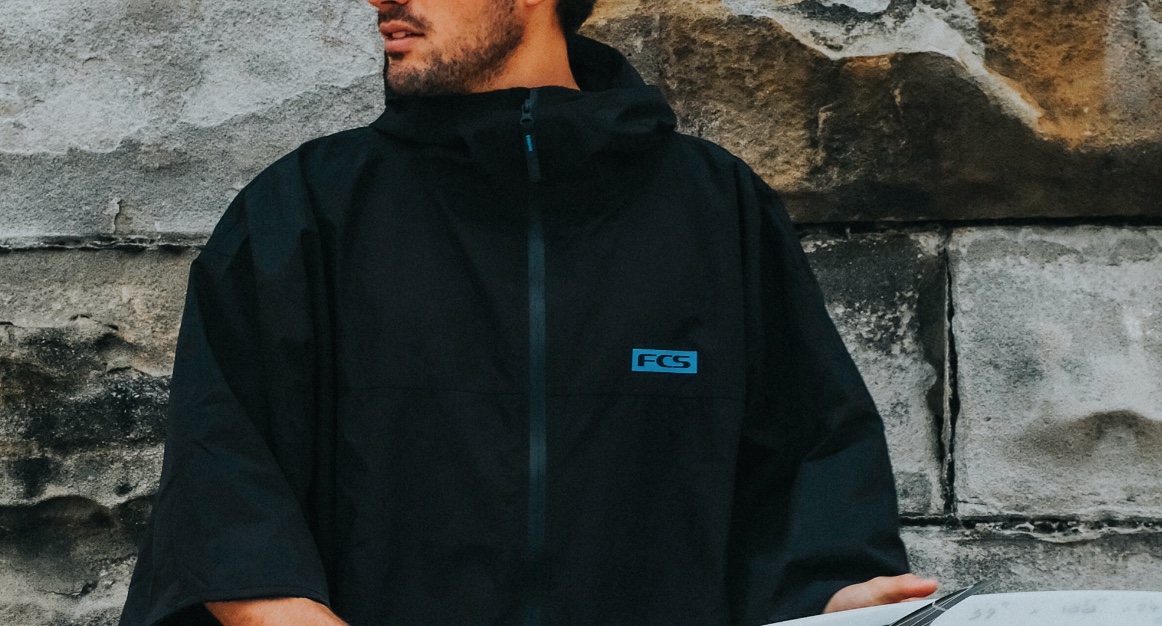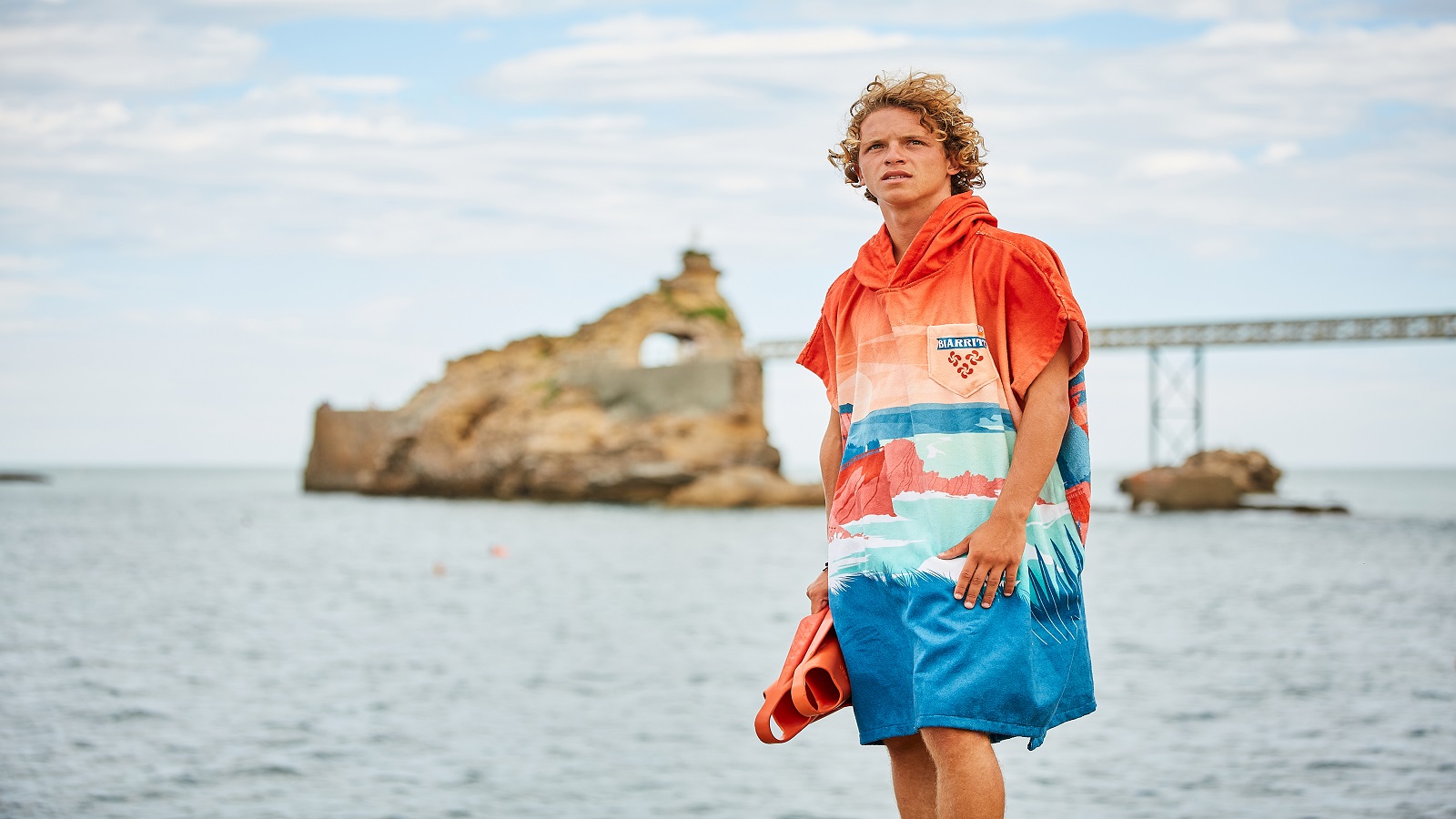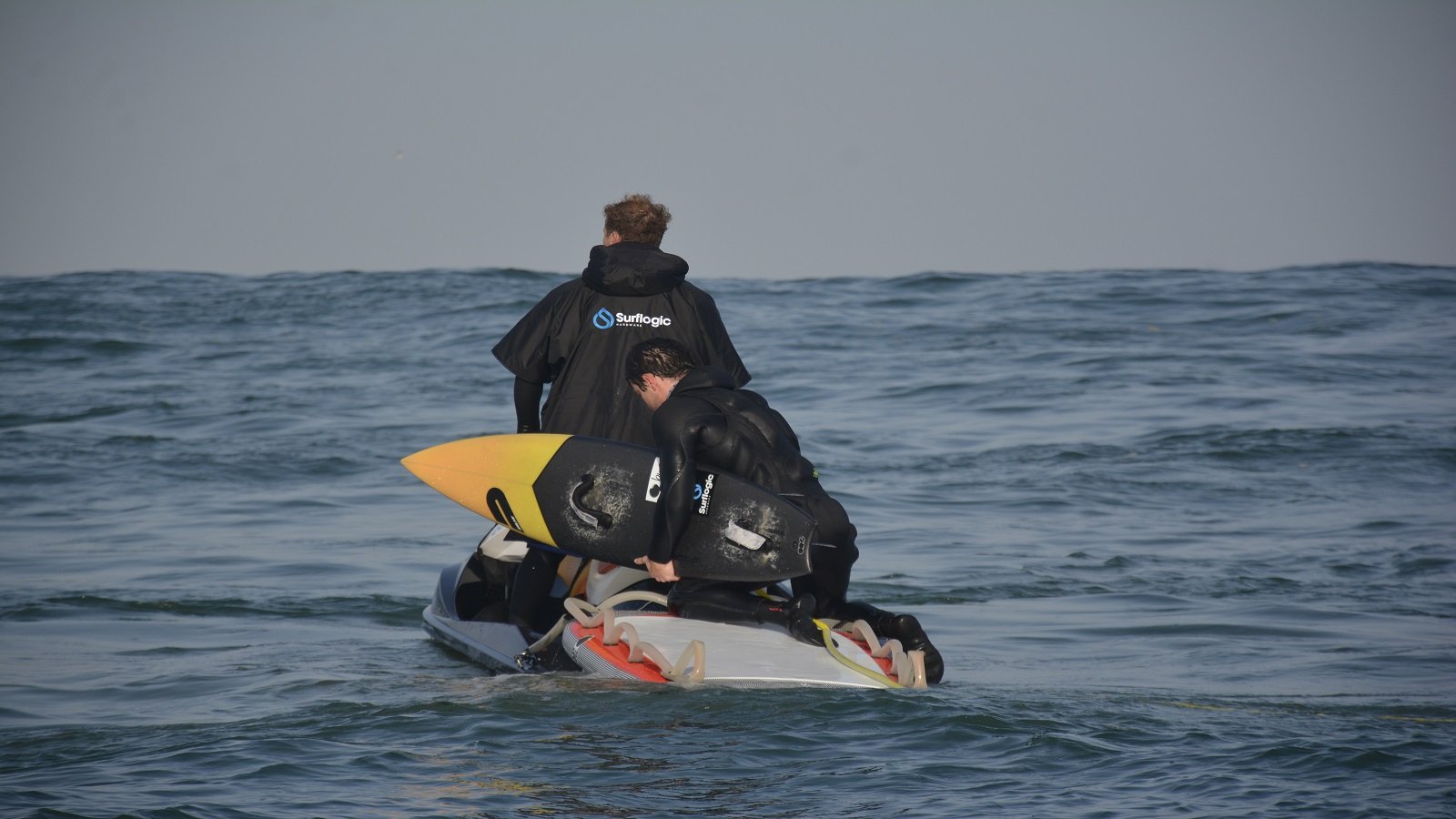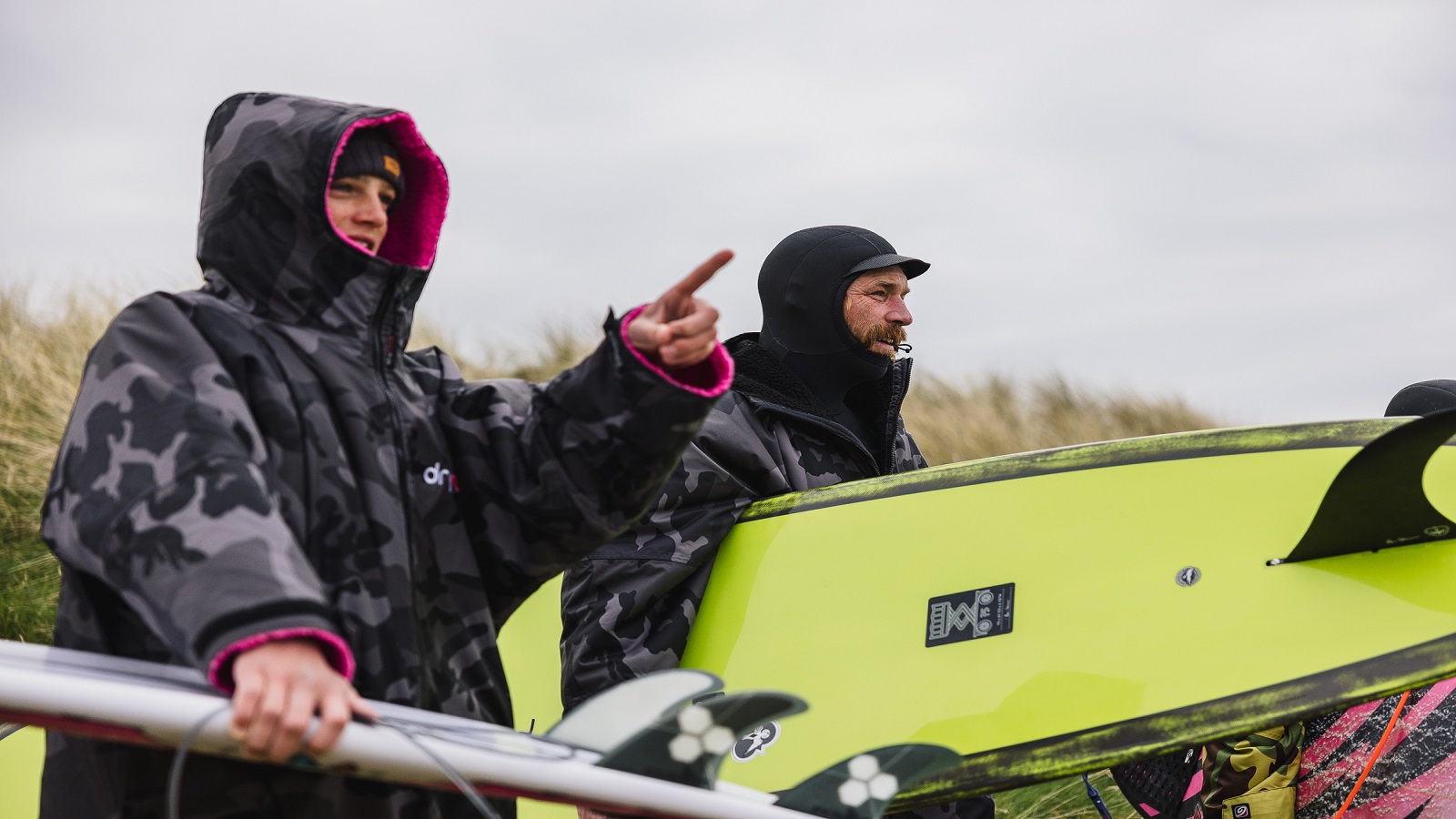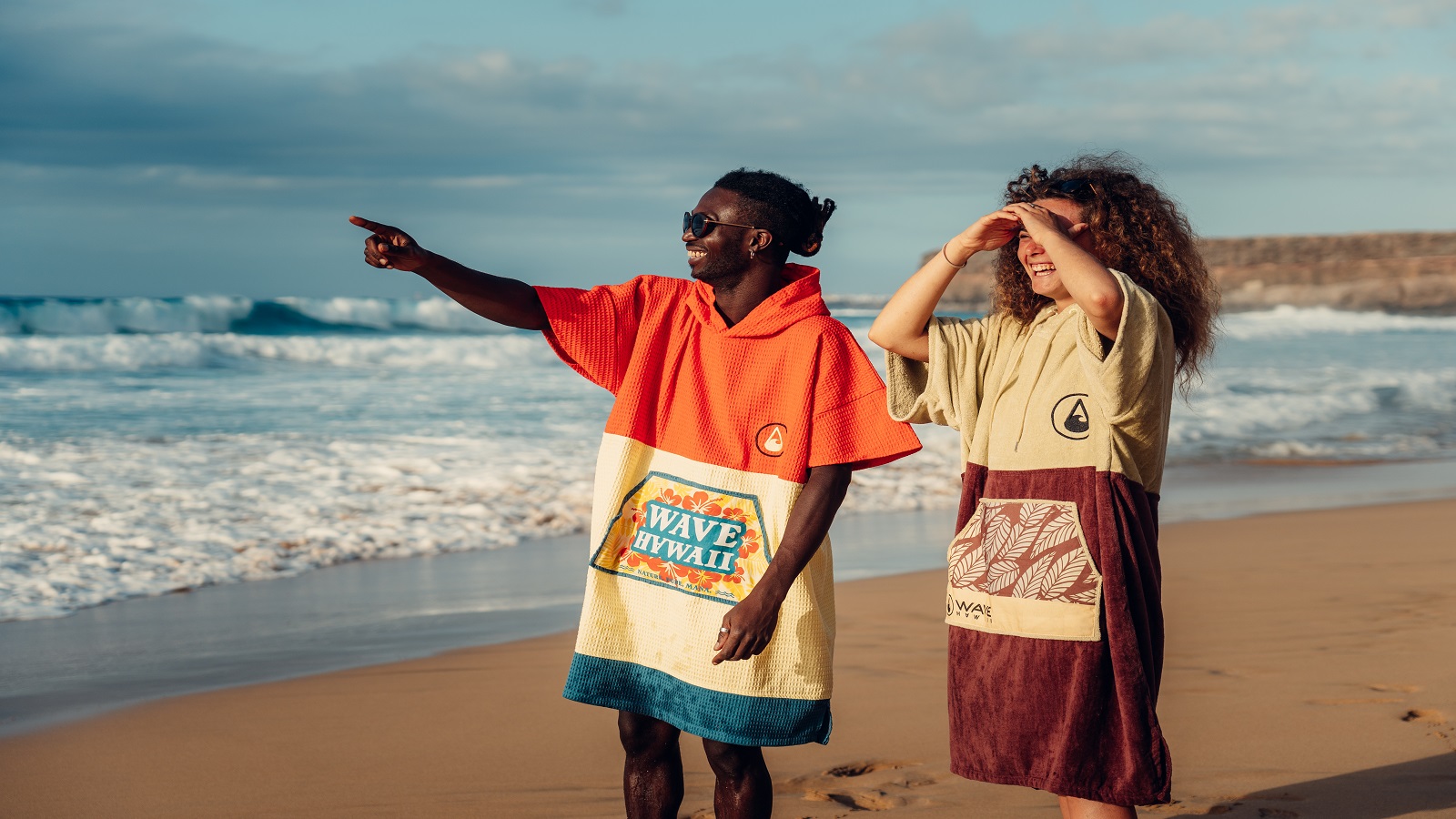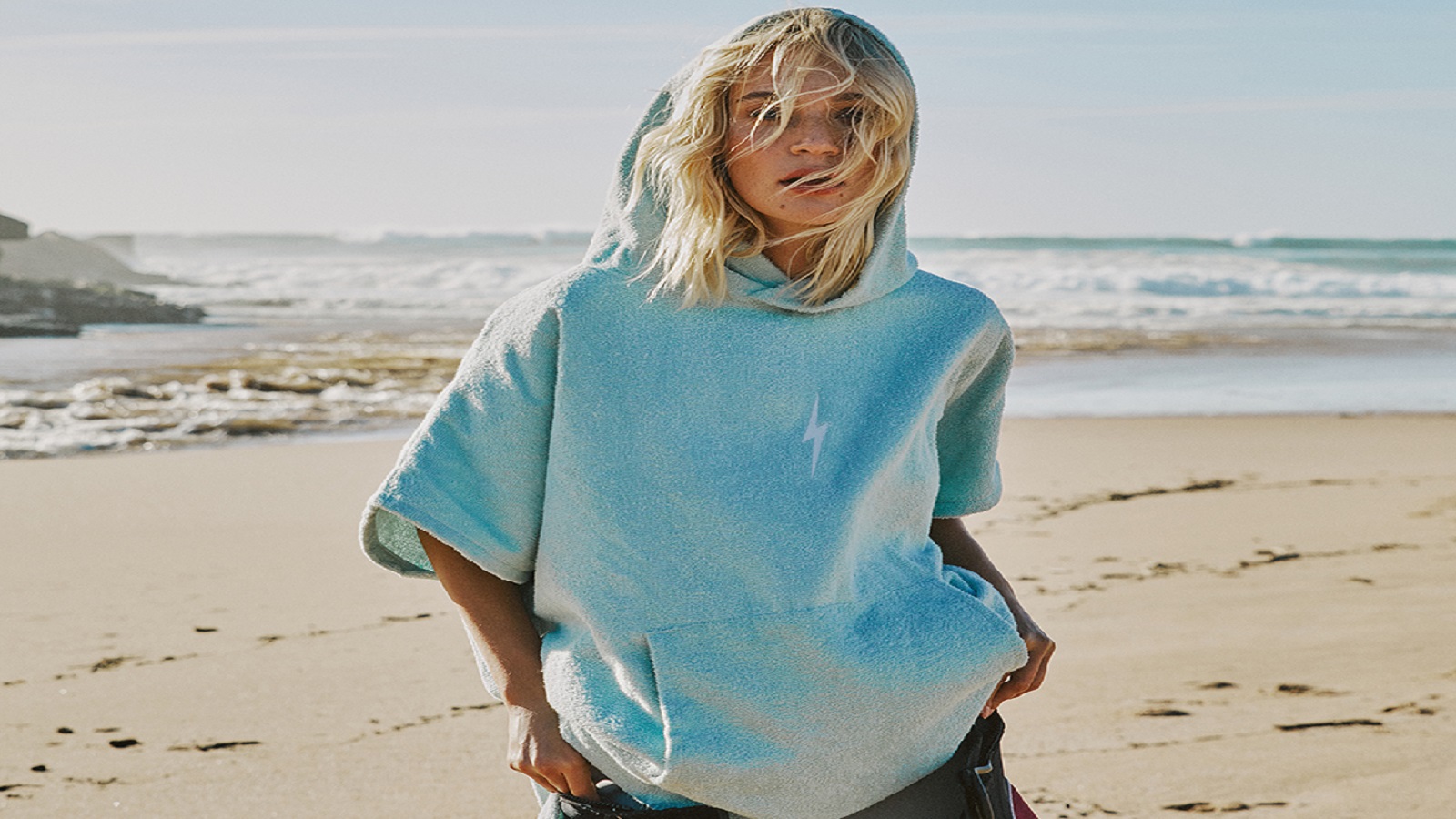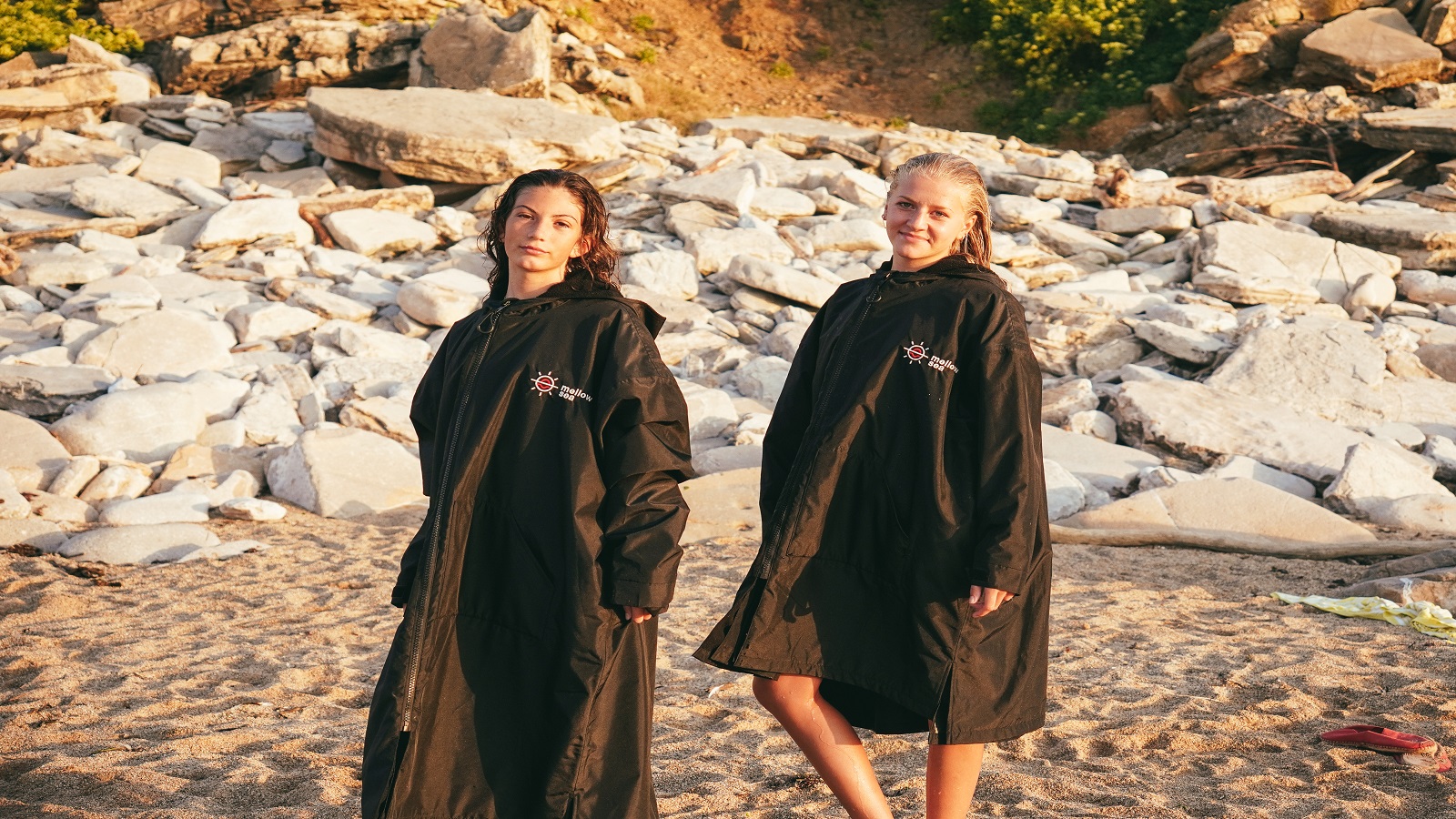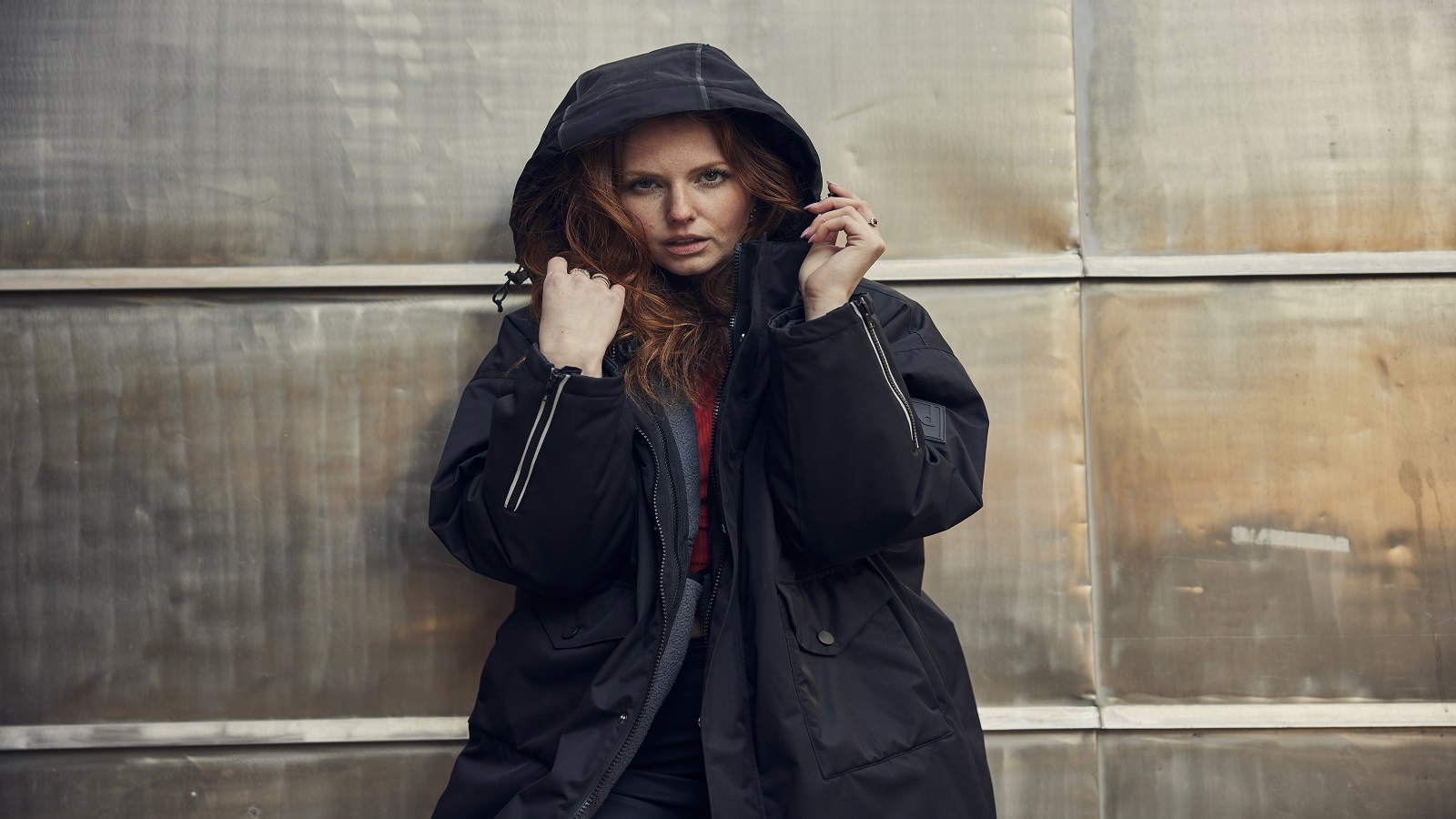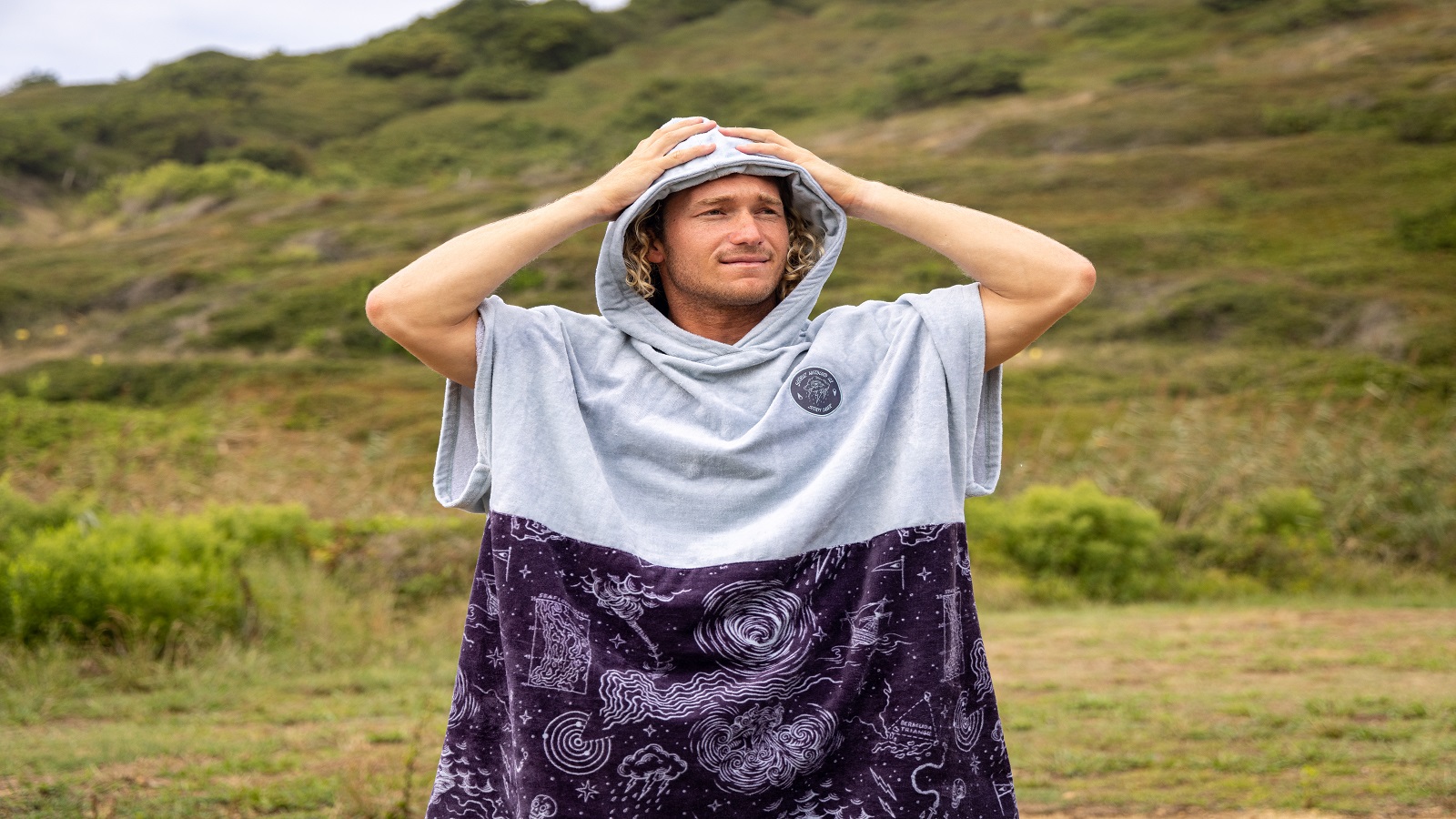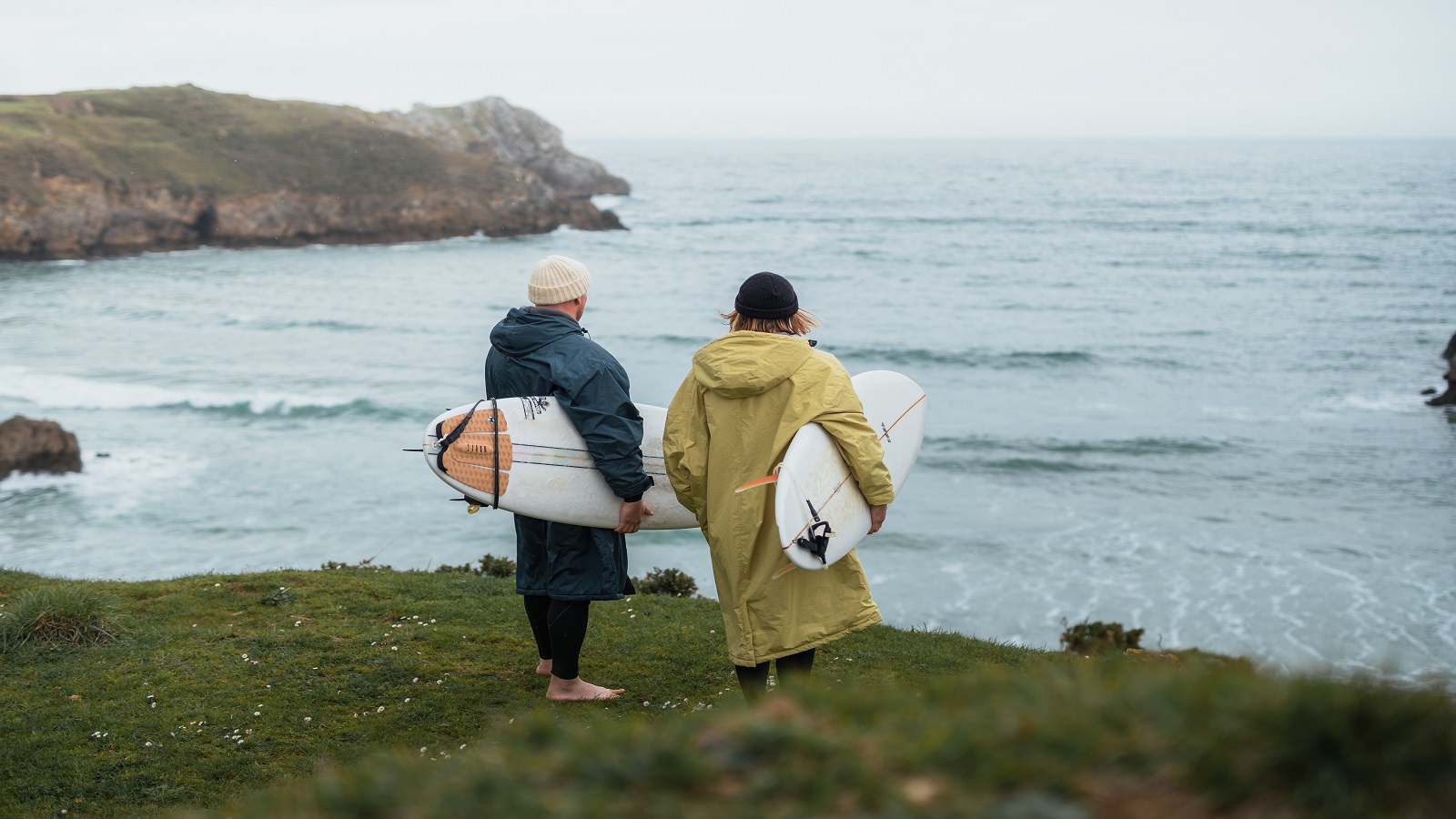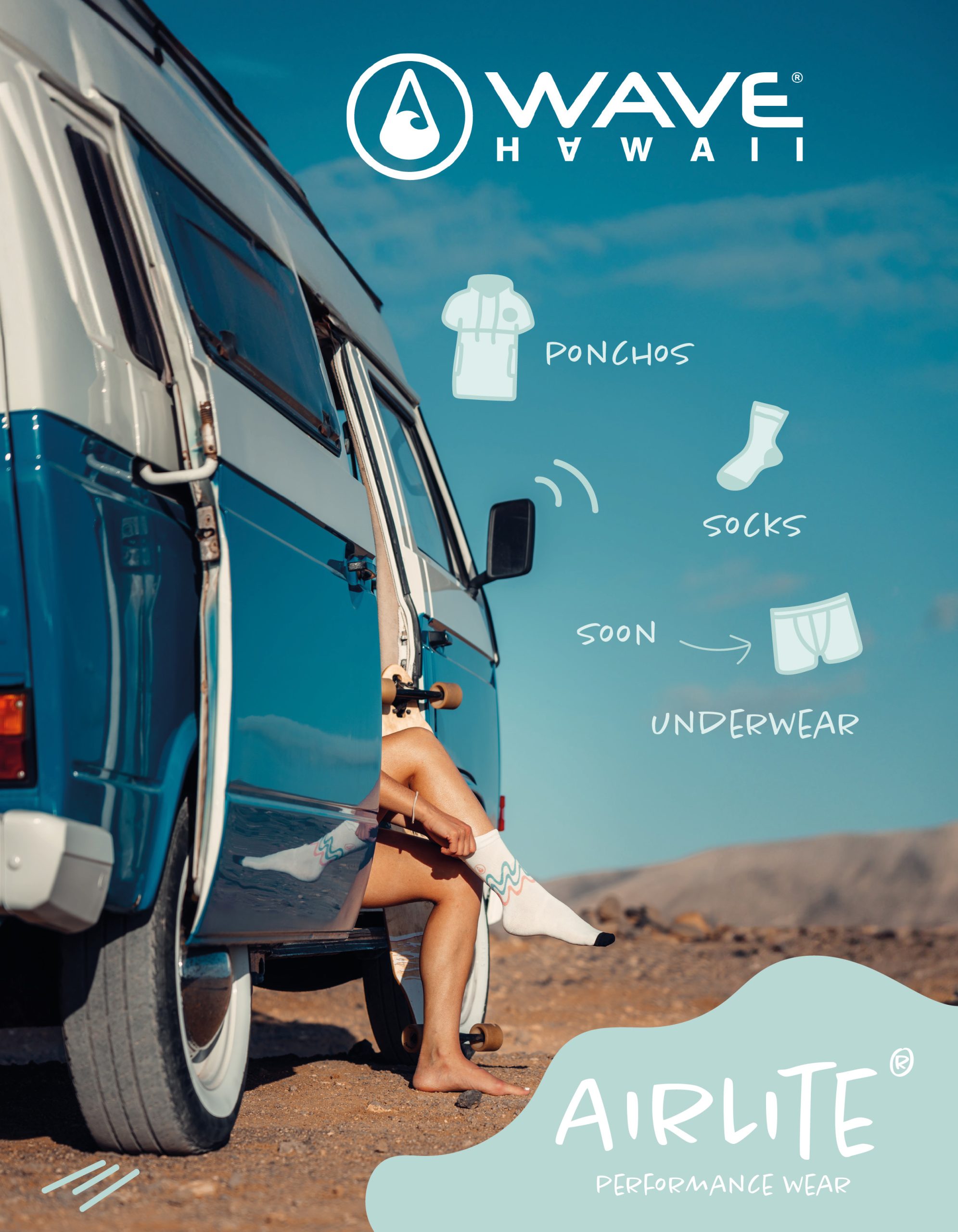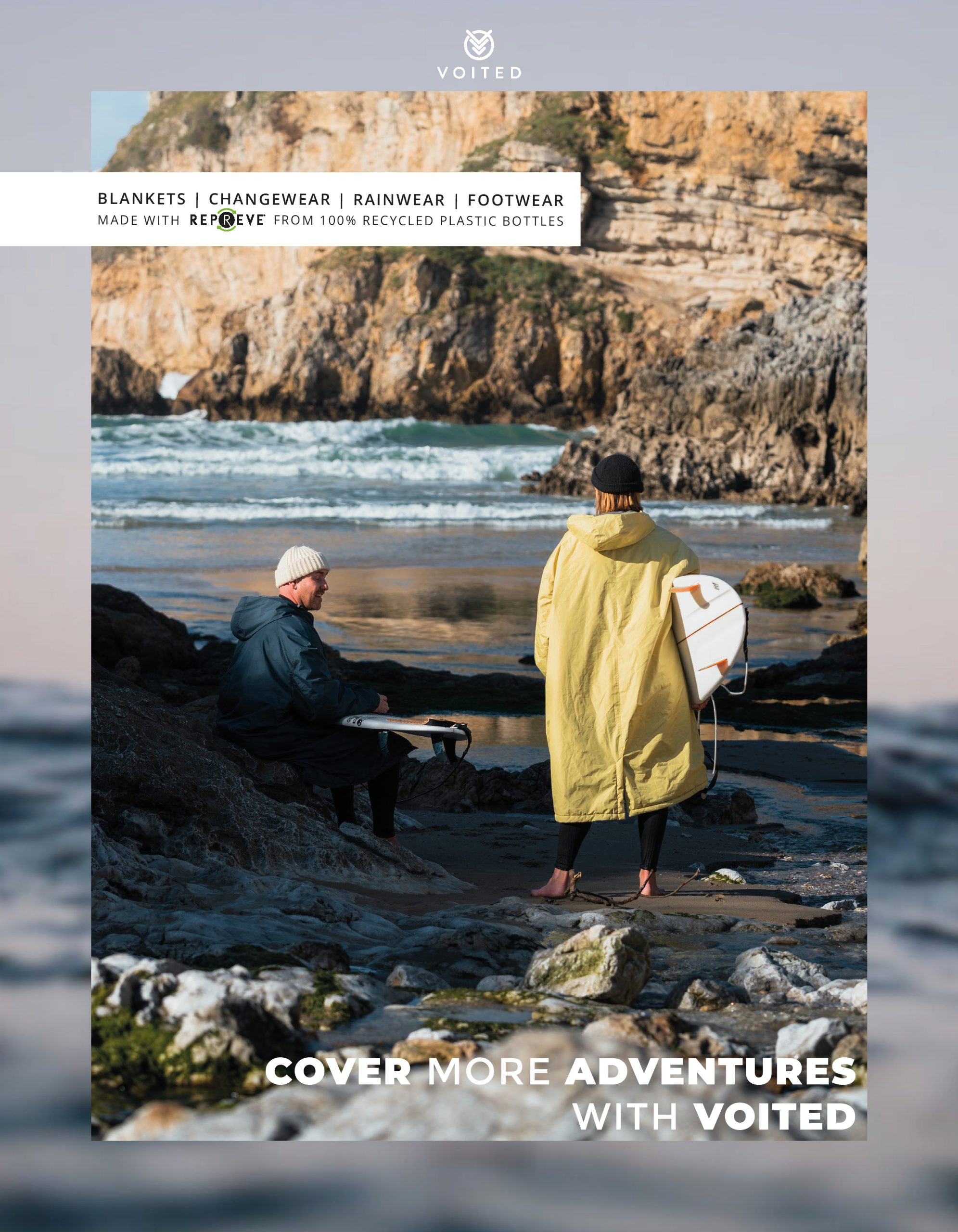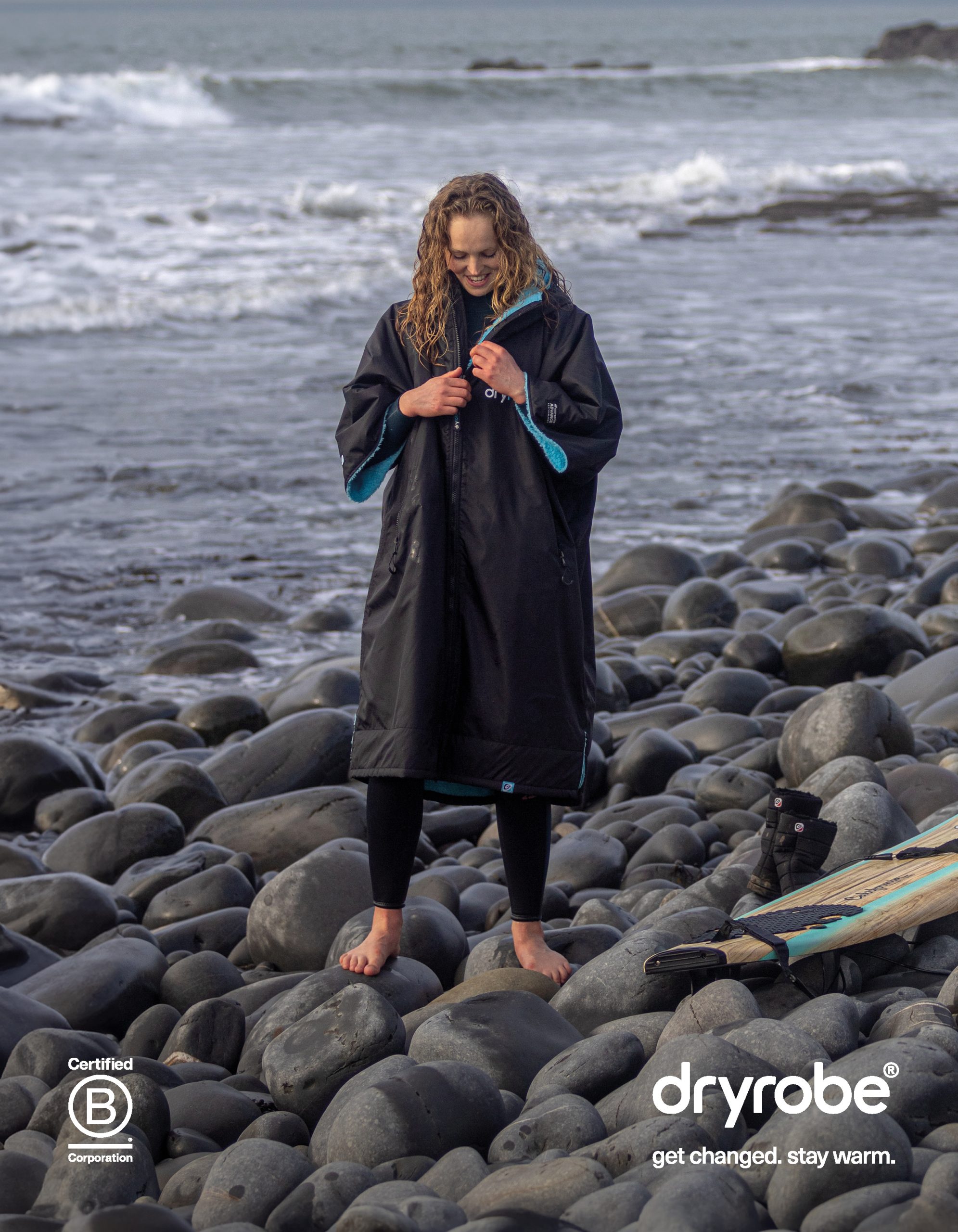Surf Robes and Ponchos 2024 Retail Buyer’s Guide
Originally designed to help surfers change on the parking lot without disclosing their privates, nor chilling them, the surf poncho slash changing robe has come a long way. A game changer (pun intended) for retailers which has a lot to offer in 2024. By David Bianic
Today, fashion magazines praise the functionality of Surf Ponchos & Changing Robes, and you are more likely to see those “surfers’ capes” on the back of dog walkers at the park or Instagram’s cool kids, around a bonfire in the wild. The demand rose exponentially, and the brands multiplied like hot cakes, till the business hit the brakes “due to an over saturated market”, notes Brad Rochfort, UK Territory Manager for FCS, one of the brands which pioneered the “towel poncho” 10 years ago. If the ascending curve slowed down, “in 2023, the market for Changing Robes and Surf Ponchos still experienced growth”, reports Marin Mauriac, Product Engineer for Soöruz.
For the brands who managed to address a larger consumer target than just water sports enthusiasts, there is still a lot of room for success. “We were able to increase our sales by over 37%”, reveals Carsten Raphael, CEO of Wave Hawaii, as “ponchos have established themselves from a practical item for surfers to a lifestyle product for a very broad target group”. Another example is After Essentials, which managed to remain relevant through new product categories such as “the rain ponchos for a more urban use, different sizes and shapes for tiny babies, babies, toddler and kids, some warm and comfy ponchos for more of a domestic use, etc.”, explained marketing wizard Rémi Chaussemiche.
MARKET EVOLUTION
The “changing garments” intended use, slowly drifted, “to encompass a broader use as an additional shell for changing weather climates”, explains Hannah Craig, Marketing and Project Manager at Voited. Many brands acknowledge the term “changing robe” isn’t relevant anymore as it is largely used as “a versatile layer suitable for various weather conditions and especially rainy or windy days”, comments Mauriac at Soöruz. Accordingly, the branding has moved with the times: Shelter Poncho (FCS), Dry Stop Poncho (Mellow Sea), Storm Ponchos (Wave Hawaii), The Shelter (After Essentials), Storm Robes (Surf Logic), Revolution 3-in-1 Parka (RED) and obviously the dryrobe®.
Similarly, the Surf Poncho has turned more into a Beach Poncho, nowadays adopted by any and all beachgoers – hence the numerous opportunities for surf shops located on the beachfront adds Soöruz’s Mauriac as “you will also find some tourists that will buy trendy products to go on the beach”.
2024 SURF PONCHO TRENDS
The very first surf ponchos consisted of a mere terry towel with a hood, whereas they are now packed with features such as quick-drying fabrics and absorbing materials, like the AirLite ponchos of Wave Hawaii, which “are climate-regulating, so they keep you warm when it’s cold and let out steam when it’s hot. They are also lightweight and dry quickly – combined with sustainable materials made in Portugal”.
Dryrobe® also sees “a growing demand from travelling athletes and adventurers (like pro surfers and triathletes) for our ultra-portable, high-performance dryrobe® Lite”. Packable, compact designs are favoured by the use of those technical synthetic fabrics.
Another category of users which proved consistent are kids, and the selling point here is different as “fun patterns, bright colours” are the most sought-after criteria, says Victor Jarrige, E-commerce and Web Marketing Manager for Mellow Sea. On that note, the young ones can also benefit from serious changing robes, since RED introduced last year their range of Kids Waterproof Robes, “designed with active kids in mind”, highlights Catherine Morris, Commercial Director. These kids’ robes are available in two different styles and sizes, with different colour options, and long sleeves that grow with them. Smart.
2024 PRICE RANGE
Starting at €30 for the entry-level surf ponchos at Mellow Sea, to a hefty £280 for the new dryrobe® Lite, there is quite a gap between the simple towel poncho and the element-resistant changing robe. To help you navigate the market, let’s highlight some brands key price points. Soöruz points out a range between €59.95 and €79.95, knowing that “from our experience if the price of the poncho goes above €80 it will be hard to sell unless there is a real technical feature”. Wave Hawaii shares similar figures for surf ponchos, whereas for the changing robe / storm poncho, “the consumer is willing to pay €120”. At Voited, “the best-selling price points fall within the mid-range, offering a balance between affordability and premium features”. Same at dryrobe®, whose bestsellers (the short and long sleeve Advance robe) retail at £145 and £165. Overall, €60-70 for the surf ponchos, and €120-160 for the changing robes seem the most sought out items.
2024 KEY MATERIALS
Let’s keep it simple, starting with the surf ponchos. Some brands are still using a 100% natural terry fabric, as it remains “a highly absorbent fabric made from 100% cotton with looped pile fibres”, says the staff at Lightning Bolt, before adding, “it’s soft, comfortable, and ideal for absorbing water. Cotton terry cloth provides excellent moisture-wicking properties”. Made from 100% organic cotton, the dryrobe® towel robes tick the eco box, as well as Wave Hawaii and Surf Logic, with the use of Oeko-Tex® cotton, “an eco-label which guarantees that any textile bearing the label has been tested and found free from over 300 harmful substances”, details Javier Gonzalez Vega, Founder & CEO of Surf Logic. There’s the same spirit at Mellow Sea, as their ponchos are upcycled: “We collect unused or abandoned beach towels and give them a second life.” The implementation of polyester helped the fast-drying properties, while the “user only comes into contact with the cotton”, ensures Raphael at Wave Hawaii.
Concerning the changing robes, the specifications are closer to an outerwear shell, says Brad Rochfort at FCS, speaking of the Shelter Poncho; “It’s basically designed with the same external features as a snowboard jacket.” That’s to say, a 5000mm water resistant polyester shell with 3000mm breathability, fully taped seams and water-resistant zippers. Add some sustainability and you’ve got yourself a winner with the dryrobe® Advance; “The unique, super-warm, fast-drying inner is made from recycled polyester, a large part of which comes from plastic bottles. The durable weatherproof outer is made from pre-consumer recycled nylon that would otherwise be destined for landfill – such as old fishing nets, tights and nylon carpets. This is finished with a PFC-free Durable Water-Repellent (DWR).” There’s the same tech-load of features at Voited, with 100% recycled 50D Ripstop Repreve® for the outer shell fabric, coated with 18.000mm waterproofness on the inside and a Bionic Finish®Eco coating (fluorine free), plus a quilted mid-layer made of 3D Synthetic Featherlight recycled fibre for insulation, and an absorbent microfiber fleece lining.
Good practice is also at the heart of RED’s business, as the brand has joined the B-Corp gang in 2023; “It is important to us to use responsibly sourced and recycled materials wherever possible without making any compromise when it comes to the end product”, comments Catherine Morris.
If the devil is in the details, so is the quality. The ponchos/robes have gradually boosted their offer with extra features that can make the difference for customers. For example, the changing robes at Mellow Sea, come with a removable, easily zipped, waterproof lining, in case you want to keep your wetsuit under the robe; “When you get out of the water, it’s very practical, as you avoid getting the fleece wet. And once you’re dry, you can easily zip on the lining for direct contact with the softness of the fleece.” Voited offers adjustable hoods and a “additional CloudTouch® insulation panel in the lumbar area for comfort in various climates in our changing robe”.
2024 COLORS & PRINTS
Again, ponchos and changing robes don’t get the same treatment as they serve different purposes. Robes are often more muted than ponchos for technical rationale; “We chose black as our colour due to its obvious heat absorbing properties to keep you warmer and it dries faster”, says Rochfort at FCS. The sober approach is also a way to focus on the technicality of the product, adds Jarrige at Mellow Sea, as seen on their robes which only features “two embroideries with a logo on the heart and one on the back”. The most popular colourway of the past year at dryrobe® has been the Black Camo on the Advance model, with a pink lining for a pinch of fun.
Surf Ponchos display a much wider palette of colours and prints, some of them you might be familiar with; “We usually use the colours/prints/pattern used in our entire collection”, explains Mauriac at Soöruz. Lightning Bolt is on the same page with “a colour range deeply connected to Lightning Bolt’s brand identity”, from vibrant ocean blues to fiery sunset oranges.
Whereas some brands go for the bold and flashy, Wave Hawaii is inspired in 2024 by the natural elements, through a combination of “blue, green, brown, beige – with matching designs such as leaves, waves, jellyfish”. After Essentials ticks almost all the colour boxes, in between artist collabs (Quentin Caillat, Juliette Béchu and Nathalie Fercoq), “a series of prints inspired from the rebirth of the nature during the spring season”, as well as series of prints inspired from the hippie movement from the 60’s -70’s and Native ethnic prints.
It is very refreshing to see a category of accessories like the ponchos/robe blooming in every direction, driven as much by the core water sports users as by the outdoor aficionados, who seized the product and repurposed it as a versatile shell and opened new frontiers for the industry.

















